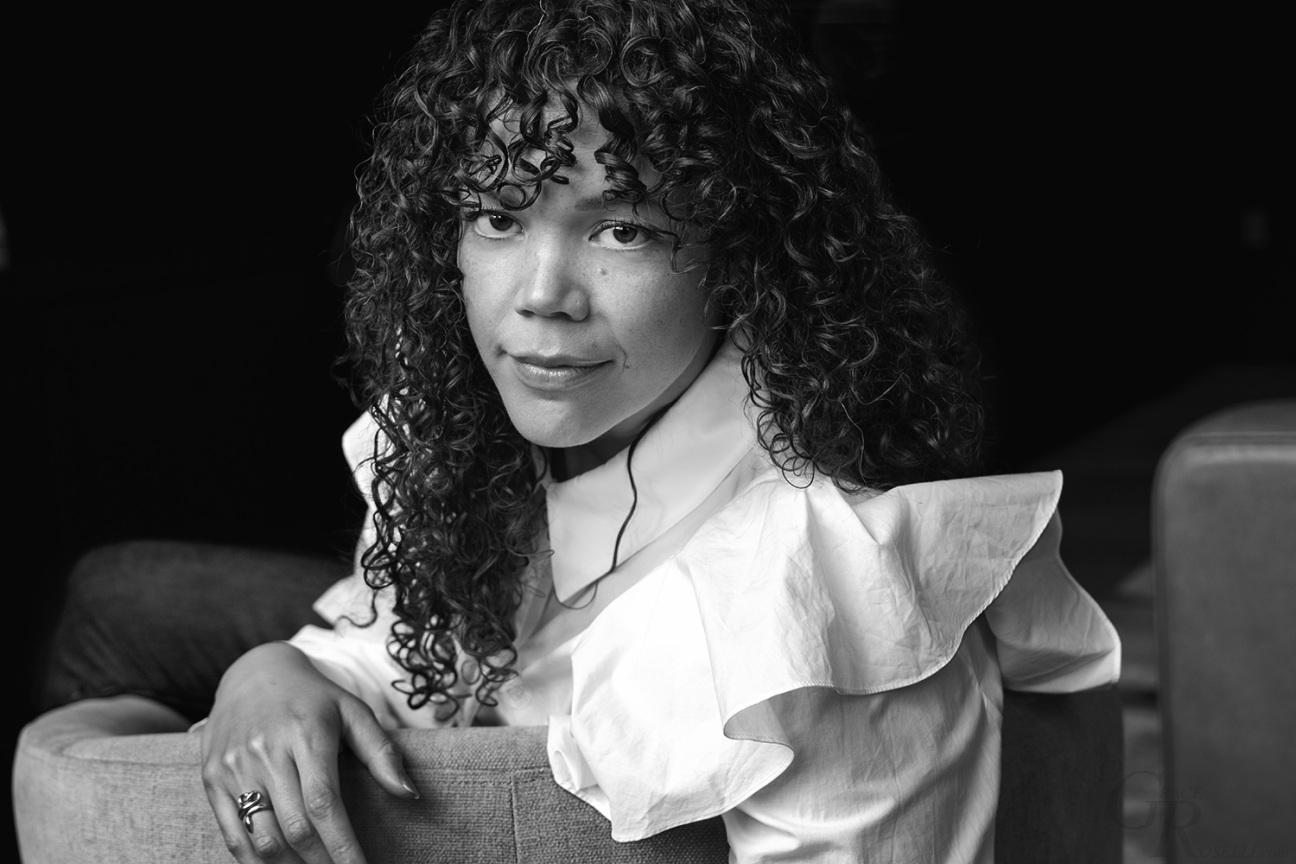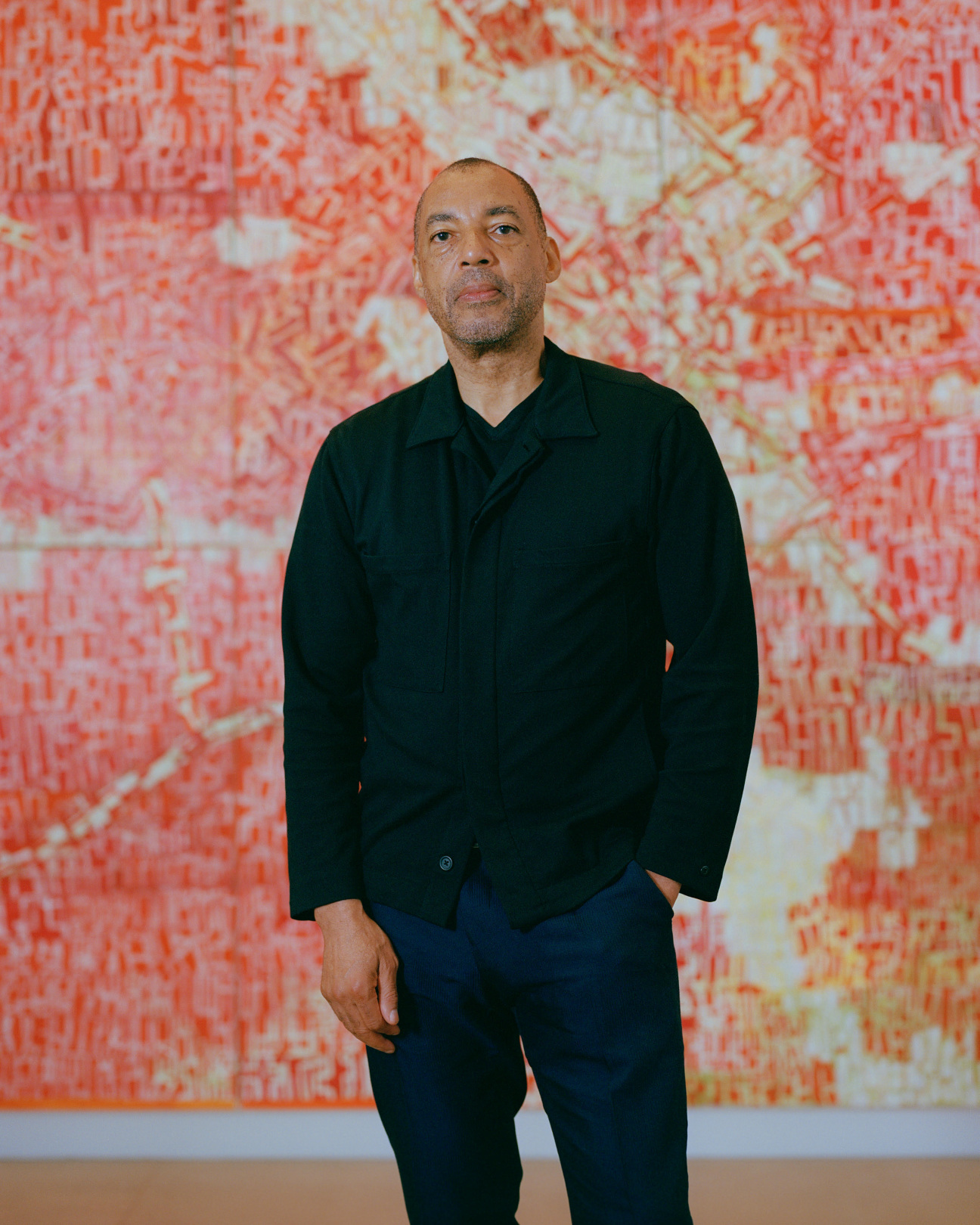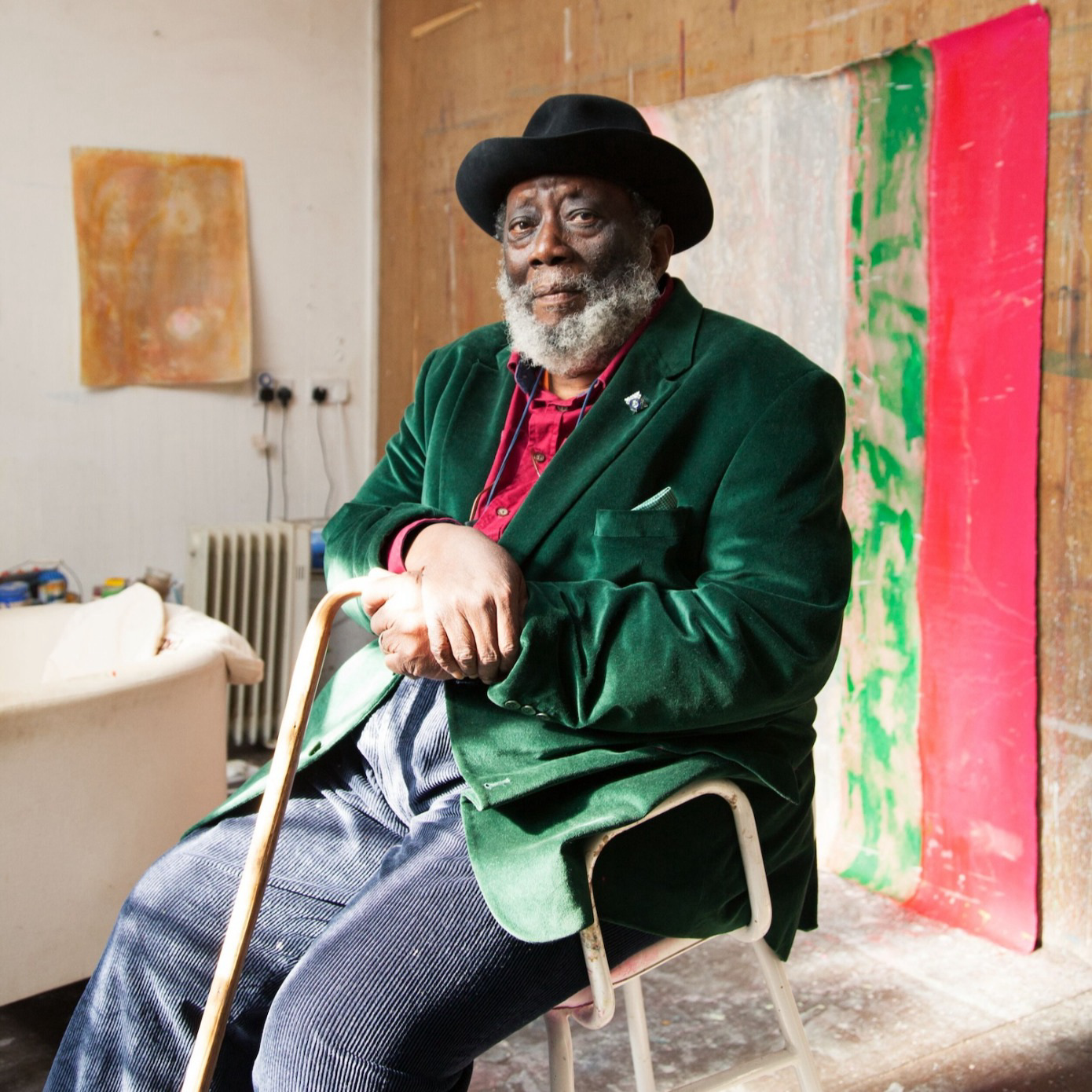
When Allison Glenn recounts her experience co-curating the public art exhibition Counterpublic in St. Louis earlier this year, she starts off by talking about the history of the site.
More than a century earlier, St. Louis Place, the neighborhood where the show was held, was home to wealthy immigrants who occupied a stretch of mansions. Millionaire’s Row sits just north of where, in 1954, the city built the Pruitt-Igoe apartments, which offered housing relief for low-income residents. The “mid-20th century dream of modern housing for all,” as Glenn describes it, notoriously didn’t live up to that expectation when only 20 years later, the city tore the 33 high-rises down.
This kind of research is the catalyst for Glenn’s work. She commits as much time to learning about different cities and towns across America as she does art and artists. Her curatorial approach is indebted to social practice pioneers like Tyree Guyton and Rick Lowe, two artists she studied in college who have reimagined how art can operate within communities. “Where I thrive is when I build things,” Glenn says.
The curator began to flex her site-specific muscles when she moved to New Orleans to take a job at the Prospect.4 triennial. “I really had the opportunity on that large scale to think critically about environments and their histories,” she says.
Glenn then moved to the Crystal Bridges Museum, where, as associate curator, she was given the latitude to “research and build and identify gaps in the collection,” she said, paying particular attention to using the institution’s location in northwest Arkansas.

When she was winding down her work on Counterpublic 2023—her last stop after a stint guest-curating a show about the life of Breonna Taylor at the Speed Art Museum in Louisville, Kentucky—Rick Lowe approached her with an opportunity. He asked if she wanted to take a visiting curator role at the University of Tulsa, to develop a symposium. From this came “Sovereign Futures:” three days of artists’ projects, performances, and conversations in Tulsa. From Apr. 5-7, 2024, artists, academics, and curators will share work focused on the idea of sovereignty in Oklahoma. Similar to Counterpublic, it would establish a community-centered model for a public art exhibition, this time using the format of a convening.
Luckily for Glenn, she was already up to speed on how issues of sovereignty played out in the city’s past. From filmmaker Kahlil Joseph’s film, Wildcat, she had learned about an all-Black rodeo based in Grayson (formerly Wildcat), Oklahoma. Digging deeper, Glenn found out that, “there were once all-Black towns in the eastern part of the state” filled with “people who were looking to escape Jim Crow.” While reading Victor Luckerson’s new book, Built from the Fire, Glenn learned how, in the early 20th century, local Native American people were “interested in creating a sovereign, Native American state within the United States, but governed by the Indigenous populations.”
Using her knack of recontextualizing lost or misunderstood histories, Glenn noticed a connection: “How diasporic communities, who were forcibly removed from the places they were from, found this place that was not yet a state in the center of the country, and saw it as a place of freedom and a place of possibility.” If there is a connection among all of Glenn’s own work, it is the idea that anywhere, if you look back or forward far enough, becomes a place of possibility.




